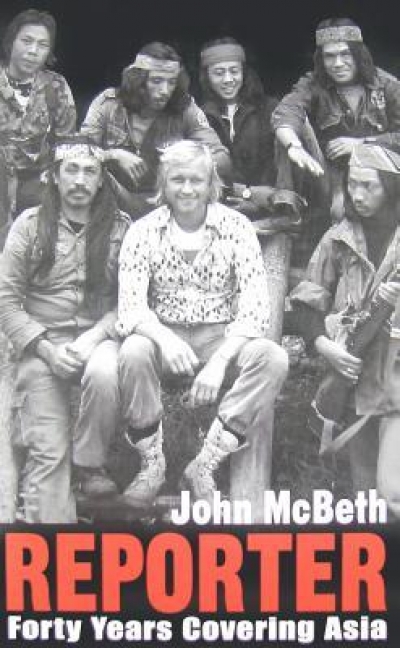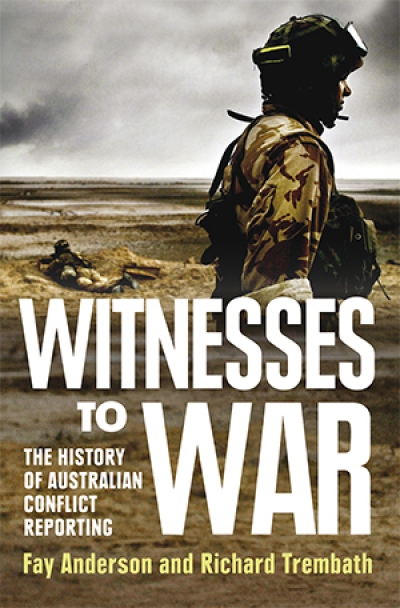Media
Bad News: Murdoch’s Australian and the Shaping of the Nation (Quarterly Essay 43) by Robert Manne
Reporter: Forty Years Covering Asia by John McBeth
Witnesses to War: The History of Australian Conflict Reporting by Fay Anderson and Richard Trembath
Piracy: The Intellectual Property Wars From Gutenberg to Gates by Adrian Johns
On 30 July 2010, WikiLeaks uploaded a file named ‘insurance.aes256’ to the Internet. The file was 1.4 gigabytes in size – large enough to hold a mountain of leaked documents – and encrypted with a 256-character key strong enough to have the US National Security Agency’s approval for use to secure classified documents. It was also copied to dozens of USB sticks and mailed out to a cadre of WikiLeaks supporters around the world. In a letter enclosed with the USB sticks, WikiLeaks said that ‘insurance.aes256’ contained an encrypted archive:
... (read more)If developments in relation to music and the Internet are any guide, writers and publishers will increasingly be addressing the opportunities for self-management on the Internet. For writers, there is a well-established path for sharing copyright works without charge. This is known as the Creative Commons, which publishes generic licences for use by authors in the exchange of copyright materials. These licences are intended to promote an orderly exchange of copyright works, without charge, but within the framework of copyright licensing. By using the Creative Commons licences, writers can facilitate the copyright usage of their work gratis, but in a way which protects legal rights. Blogs and other webpages are enabling self-publication for royalty-free purposes. There has never been a better opportunity for the exchange of ideas online.
... (read more)




